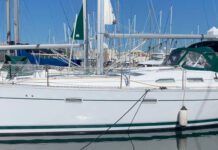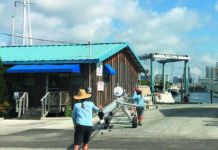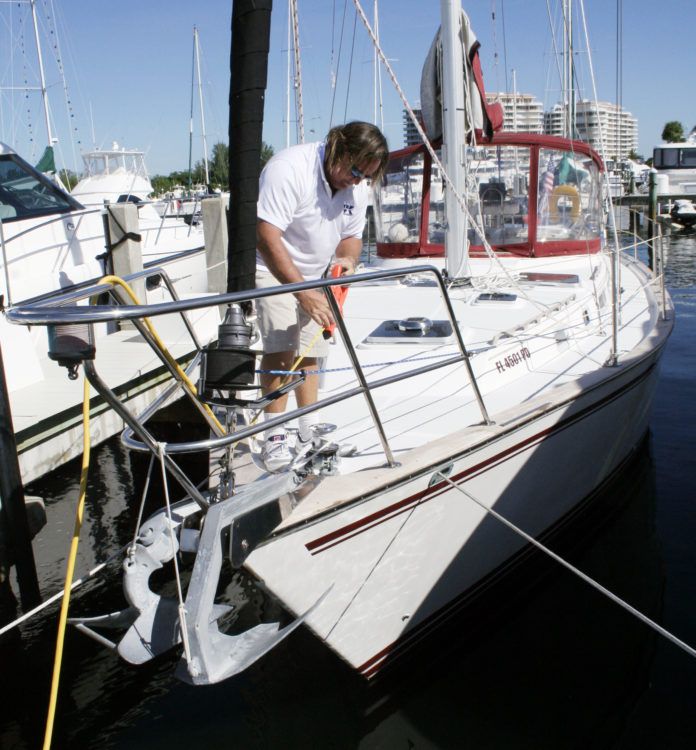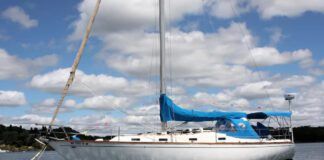The prospect of better performance and greater reliability takes some of the sting out of writing a big check to a sailmaker, but there’s no getting around the fact that this is one of the biggest investments a boat owner will make. So the temptation to save a few bucks is strong, and we can certainly relate.
A while ago we thought it would be instructive to assess the bargains available through online discount sail brokers-those that sell new sails and those that offer used ones as well. That report compared product options, services, prices, and warranties for a suit of working sails. Although the prices have changed, based on our sailmaker survey and feedback from readers, much of the conclusions from that 2005 test remain valid. Since then, only one company Air Force Sails seems to have dropped off the map. In addition, some of the used gear chandleries that we have since profiled in our “Treasure Hunter’s Guide to Used Gear,” also have added used sails to their inventory.
There are a number of details to consider when ordering a sail. Cloth types and weights should correspond to the kind of sailing you do as well as your expectations for the sail’s longevity. For the mainsail, there are questions regarding the number of reefs you want, and where to put them, as well as the types of mast attachment hardware and batten configurations, along with the reinforcement areas you desire for the sail.
Genoas will need to have the appropriately-sized luff tape to fit an existing roller furling unit (or the right size hanks). Another option specific to furling units is whether to have a foam luff sewn into the sail, which increases the sails shape-holding ability when partially furled. Then there is UV protection on the leech and foot of the sail. Some keep-it-simple cruisers, like PS contributor John Stone, eschew furling headsails, but like the idea of being able to reduce or add sail area—hence the reefing jib with a zipppered bonnet.
Leech lines and cleats, telltales, and insignias or numbers, sail covers and sail bags all round out the options. For our 2005 report, which used a Catalina 320 as our hypothetical boat, we chose to specify a single-reefed, fully battened mainsail built from 7-oz. cloth, and a 140-percent genoa with a UV suncover and foam luff. For our bargain sail comparison guide, we didn’t include any gennakers or spinnakers in our hypothetical inventory.
It’s important that you consider customer service and warranties provided by these brokers and sailmakers. Even though the sails they’re selling are discounted or even used, these businesses should nonetheless answer e-mails and return phone calls, and offer guidance when requested regarding the many details involved.
If you are in the market for a new headsail, check out our two-part series on headsails. If you are hunting for a new mainsail or hardware, check out the August 2011 article on how to choose a new cruising main and the June 2013 review of mainsheet tackle.
For hardware seekers, we recommend the test reports on ratchet blocks (May 2009), snatch blocks (August 2008 and August 2007), and rope clutches (March 2009, June 2009, and November 2014). In August 2009, we looked at genoa furlers, and in October 2015, we compared stanchion-mounted fairleads for roller furling gear.
For a complete sail buyer’s guide, including spinnaker options, anchor “riding” sails, and and storm sails, check out our three-part ebook series, A Look at Sails.








































And is it made in America.